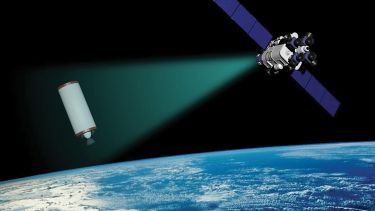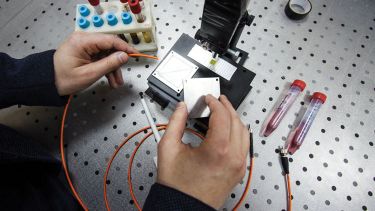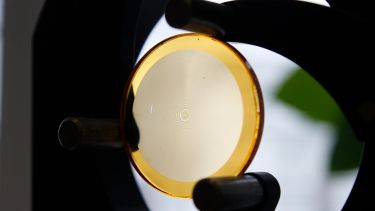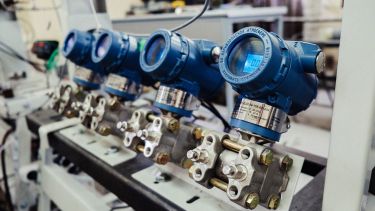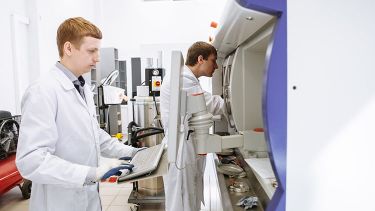Blends of kerosene and biofuel will make more environmentally friendly air transport possible
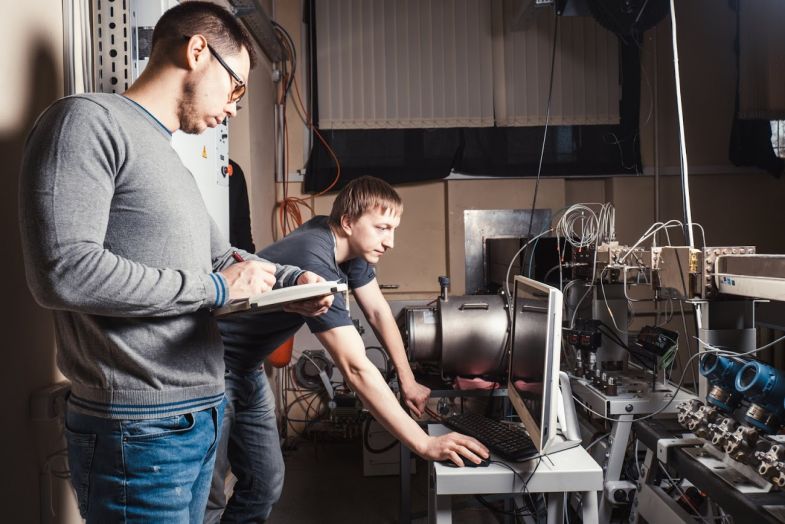
Scientists of Samara University conducted a series of calculations and experiments proving the possibility to use blends of kerosene and ethanol as jet fuel
Together with colleagues from Lund University, Sweden, scientists of Samara National Research University (Samara University) conducted a series of calculations and experiments proving the possibility to use blends of kerosene and ethanol produced from renewable sources as jet fuel. The studies were carried out as part of the Federal Target Program * on Development and Validation of Environmental Characteristics Modeling Methods for Combustion Chambers of Gas Turbine Engines Based on Detailed Chemical Kinetics of Oxidation of Kerosene Surrogates. The results of the studies and experiments were published in Combustion and Flame journal **, one of the most highly respected scientific journals in the field of combustion physics and chemistry.
The blends of kerosene and biofuel should reduce the cost of refueling air transport and make more environmentally friendly in the future. According to Argonne National Laboratory (the oldest national research center of the US Department of Energy), even 10 percent ethanol fuel mixture reduces greenhouse gas emissions by 12-19% compared to regular petrol emissions.
“The collaboration with our Samara colleagues was devoted to the study of additives, blends of kerosene components and ethanol,” Prof. Alexander Konnov, Lund University, explained. “Ethanol is a biofuel, and to gradually turn to renewable energy sources you need to know combustion models of such blends, if they are suitable for existing combustion equipment. Ethanol cannot simply replace kerosene but the blends potentially can. In the European Union, it is not only allowed but also recommended to blend gasoline with up to 5% ethanol. We focus on aviation, and attempt to increase the biofuel additive percentage in jet fuel.”
PhD Sergei Matveev, the research supervisor for Combustion Processes in Combustion Chambers, research and education center for Gas-Dynamic Research, Samara University, noted that the global goal of the project was to increase the efficiency of design and development of engines, especially of gas turbine engines implemented in aircrafts. “However, the research methodology can be implemented in various industries, from thermal engineering to internal combustion engines. It is the accurate modeling of engine environmental characteristics that is crucial,” Sergei Matveev highlighted.
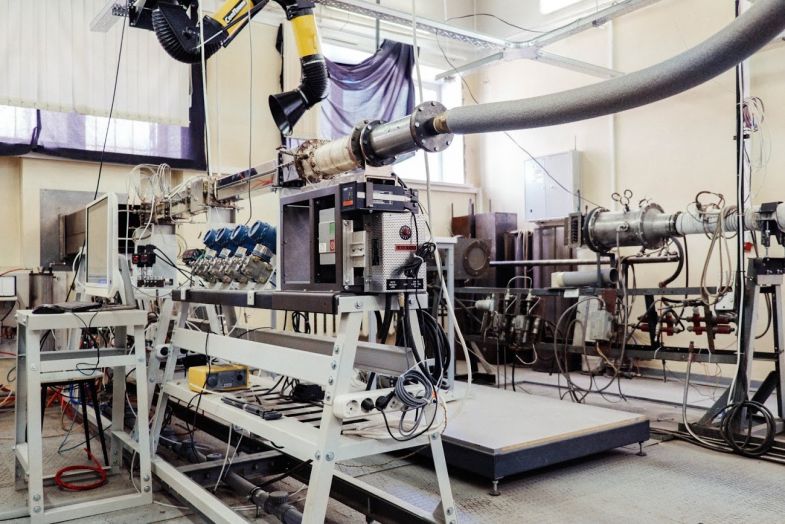
The experiments were conducted on equipment developed at Samara University
The scientists used supercomputers for calculations and developed a special device, Heat Flux, to determine the normal speed of flame propagation. The device was developed at Samara University in collaboration with Swiss and Dutch colleagues. Most of the experiments were conducted on Heat Flux.
According to Prof. Alexander Konnov, the combustion model developed for blends of kerosene and various biofuels will allow finding the best solution for the fuel mixtures to both have all the necessary properties of kerosene and include biofuel.
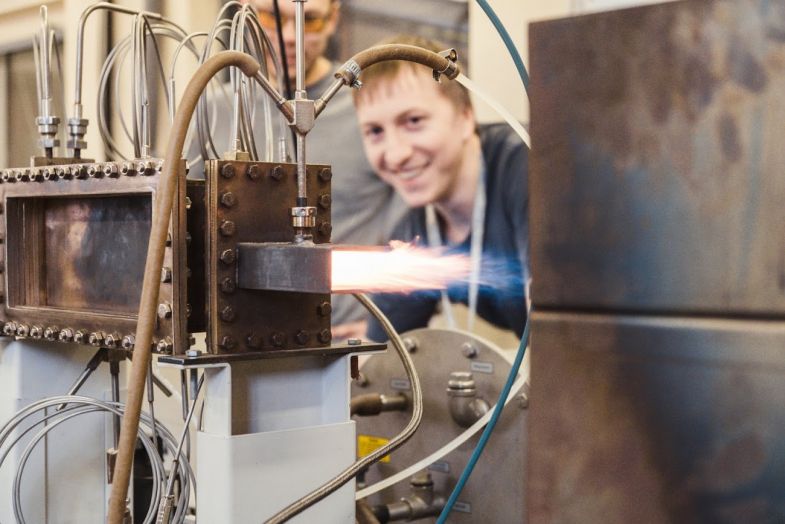
The combustion model developed for blends of kerosene and various biofuels will allow finding the best solution for the biofuel fuel mixtures
“Engineers designing aircraft engines will be able to use this model. They will consider it in their calculations to correctly calculate combustion chamber cycle, its efficiency, etc. We will provide them with our chemical model, and they will develop specific devices,” the professor concluded.
For reference
The issue of finding new types of jet fuel is becoming more and more urgent. As a future alternative to jet fuel, biofuels are being considered. Biofuels can be produced, e.g., from plants or from industrial organic wastes. Unlike petroleum products, biofuel is more environmentally friendly, it produces fewer emissions, and they are also cheaper and produced from renewable sources. According to data from open sources, at Brazil gas stations, a liter of bioethanol on average costs less than 50 US cents, when its cost price is 15-25 cents. At Russian airports, a liter of jet fuel on average costs about 80 cents even without value-added tax. However, jet fuel cannot be completely replaced with biofuel yet, although such researches are conducted.
* Research on modeling blends of kerosene and biofuel was launched as part of the Federal Target Program (FTP) Research and Development on Priority Directions of Scientific and Technological Complex of Russia for 2014-2020 and was devoted to prediction of environmental characteristics of aircraft engines designed in Russia.
The global goal of the project is to increase the competitiveness of Russian aircraft engines by creating effective methods for predicting the environmental characteristics of combustion chambers at the design and development stages as part of a joint research project with Lund University (Lund, Sweden), integrating Russian science into the European research sphere, enriching the knowledge base and developing advanced engine technologies.
Having successfully completed the studies on the Federal Target Program, the scientists of Samara University continued their research under the grant of the Russian Science Foundation (project number: 19-79-00325, project type code: MU (2019)) on Development of a Jet Fuel Surrogate to Determine Emissions of Polycyclic Aromatic Hydrocarbons Produced by Civil Aviation Engines (as part of the Initiative Research Implemented by Young Scientists competition of the Presidential program for research projects implemented by leading scientists including young scientists).
** Combustion and Flame scientific journal is the official journal of the Combustion Institute. It has been indexed in the Scopus database since 1957. According to SCImago Journal Rank, the Journal Impact Quartile of Combustion and Flame is Q1 for all the scientific fields defined in the database: Chemical Engineering, Chemistry, Energy Engineering and Power Technology, Fuel Technology. Authors from Germany, USA, China, Great Britain and other countries publish results of their research in Combustion and Flame.
Find out more about Samara University.

